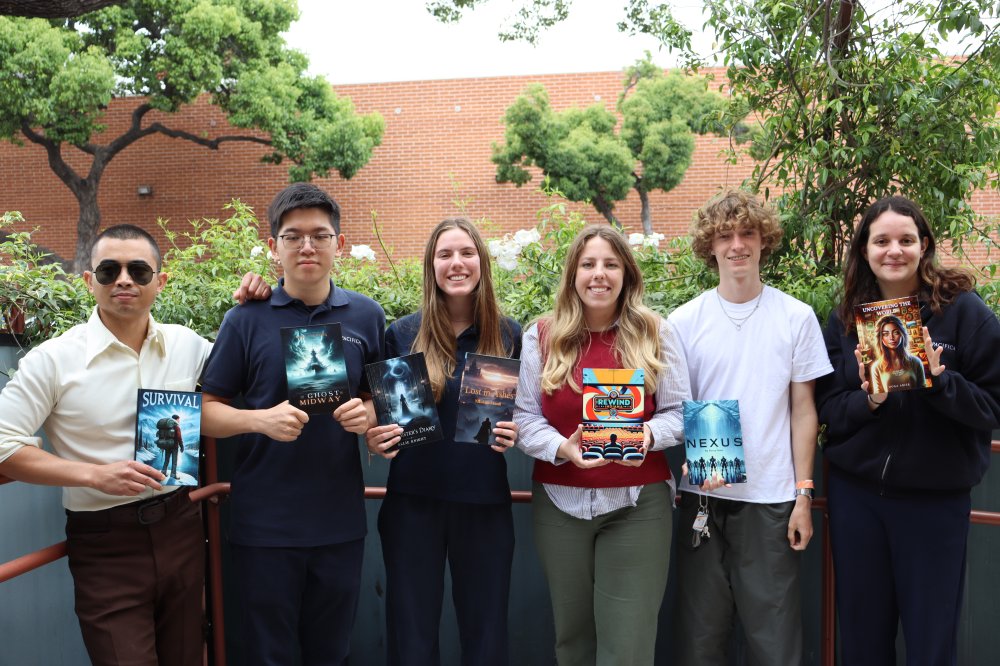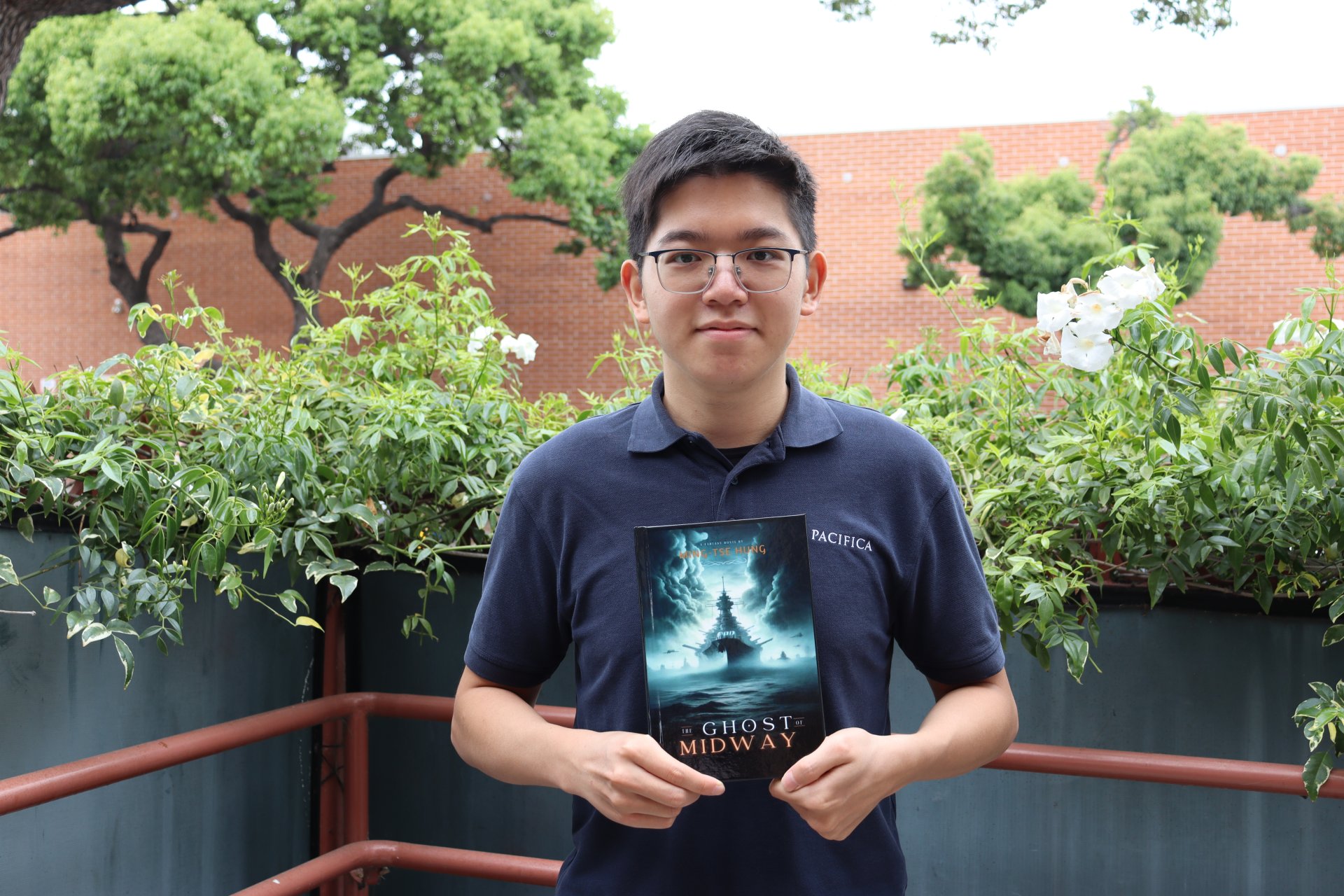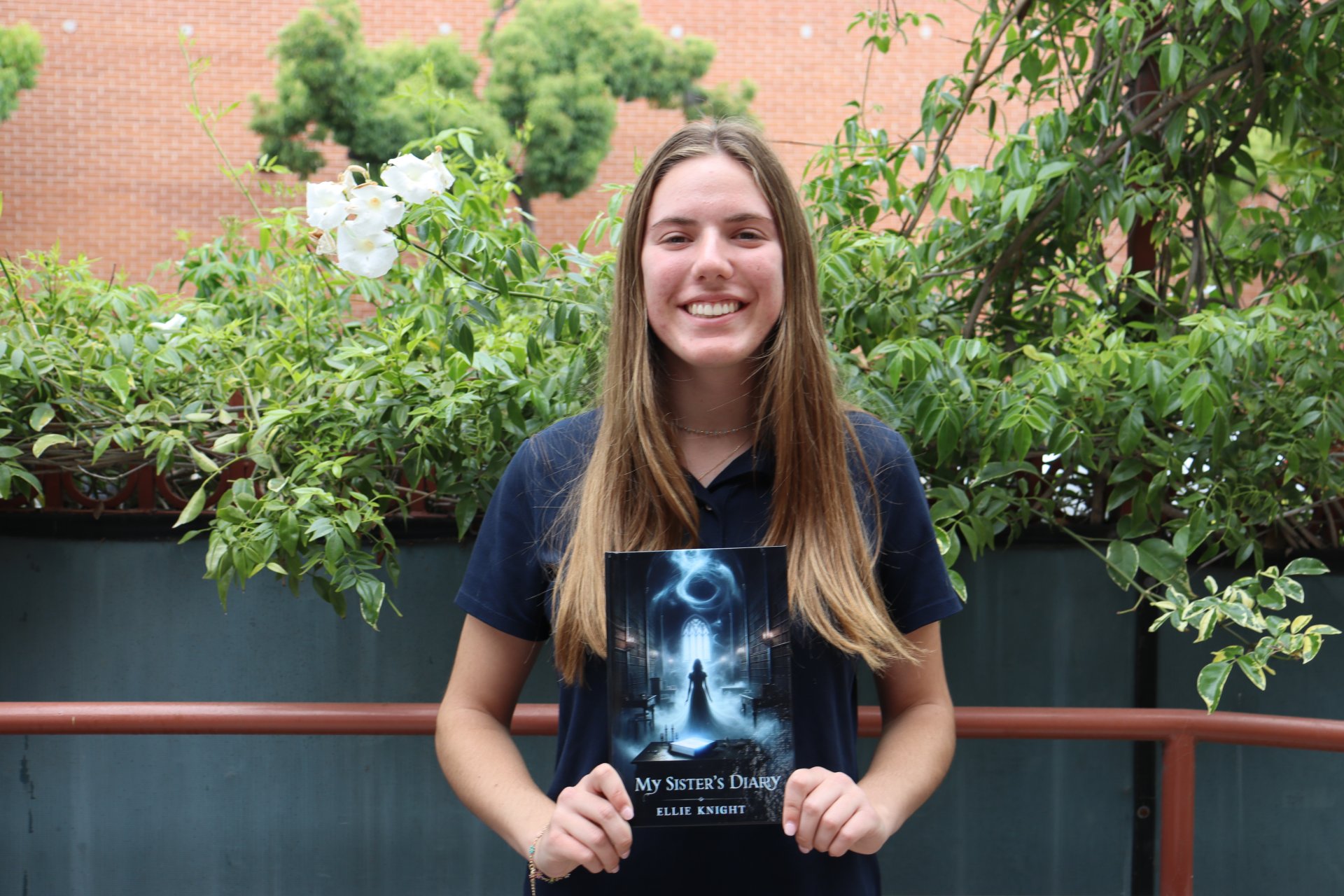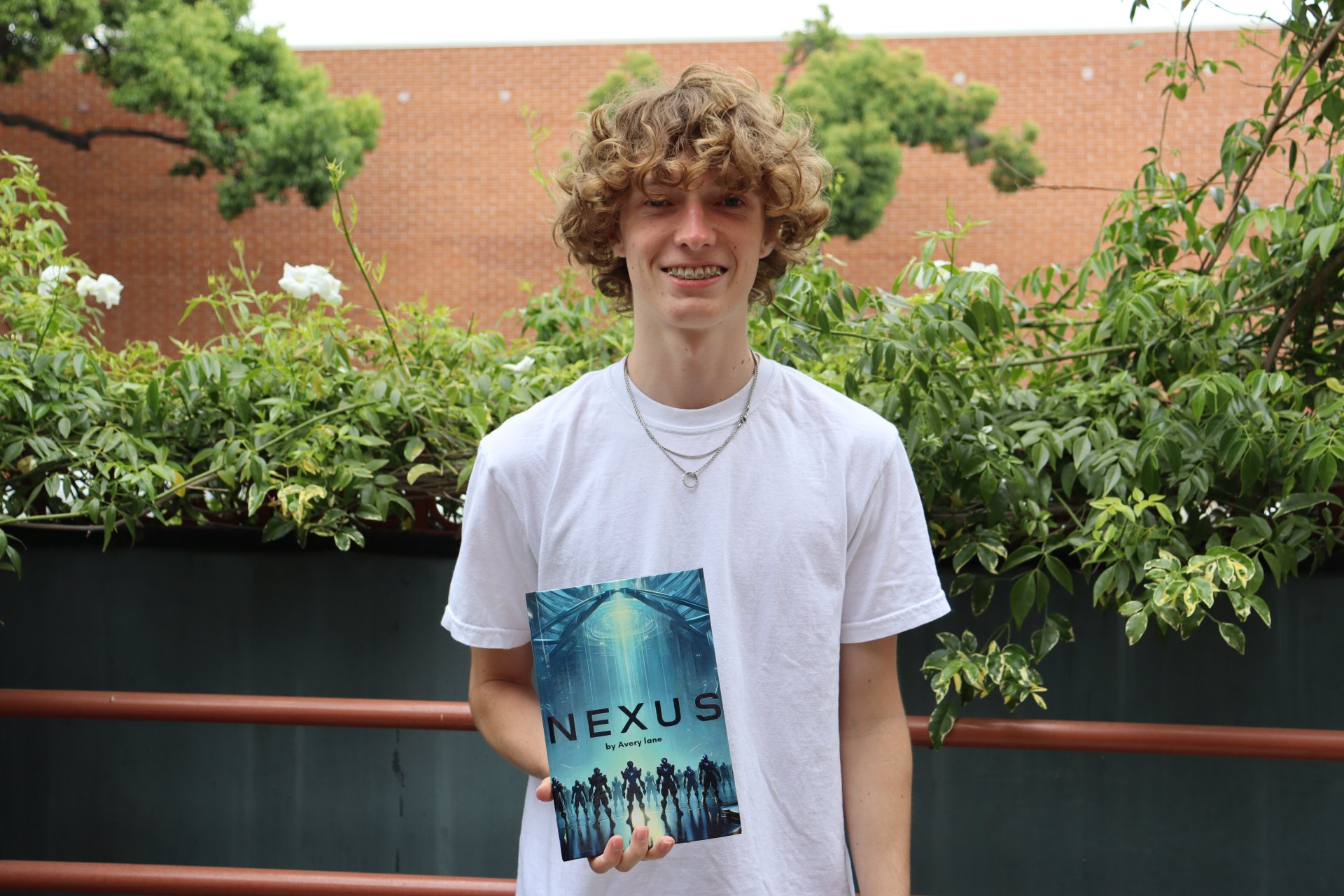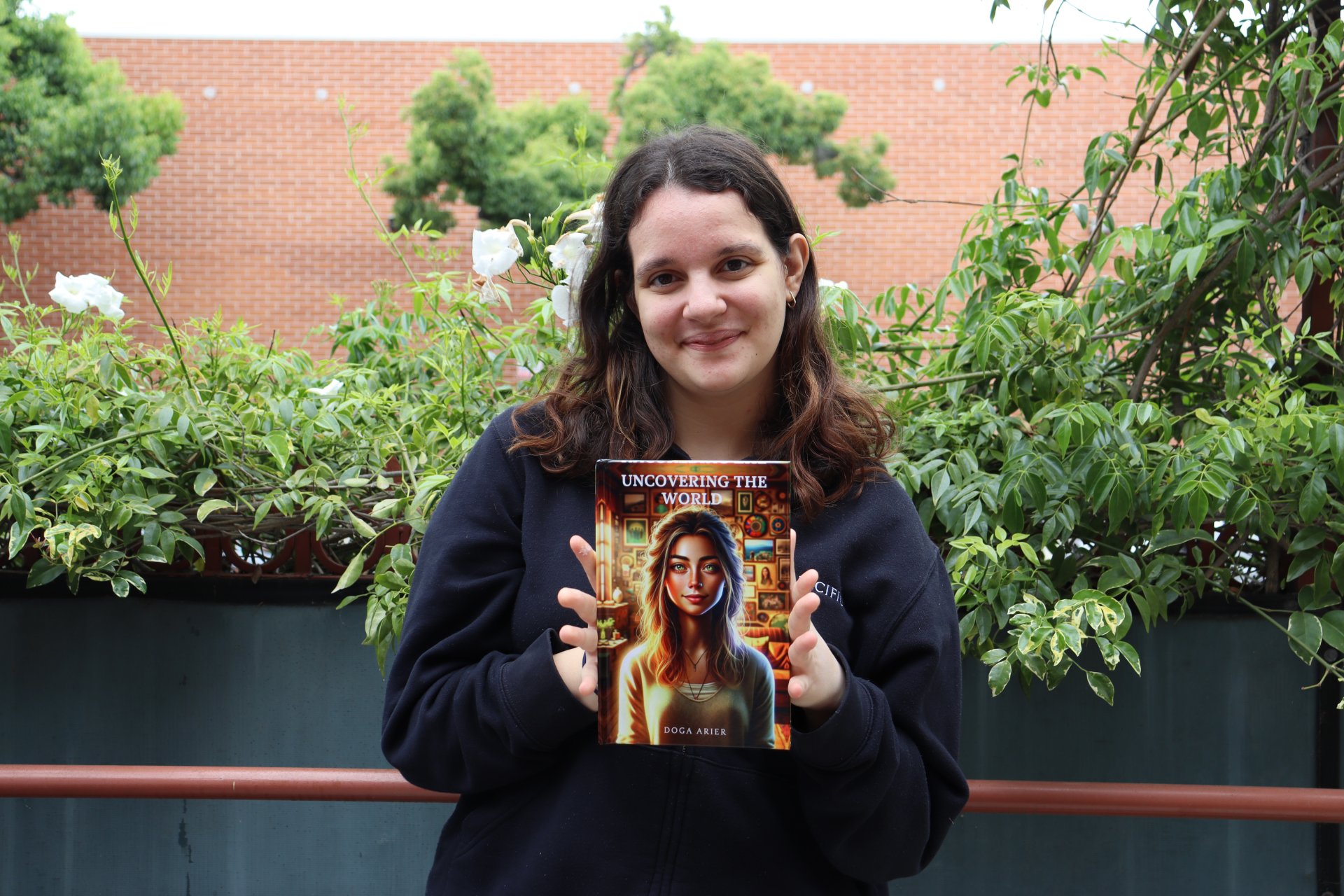AI & Virtue: Can They Coexist?
May 29th, 2024
English teacher Hilary Miller reflects on her semester co-teaching 'AI & Virtue' as students set out to create andpublish AI-written novels.
Could students use ChatGPT to create high-quality novels in one semester? That’s what we set out to discover in the class AI & Virtue. I’ll admit, I had my doubts. Could AI really generate professional, interesting novels? Wasn’t it just language regurgitation? Didn’t I, as an English teacher, have an ethical obligation to force students to craft their own narrative voices without ChatGPT? Could AI really ever be used virtuously? Over the next several months, our class explored the answers to these questions, as we learned about the inner workings of ChatGPT and how to apply it to the creative writing process. 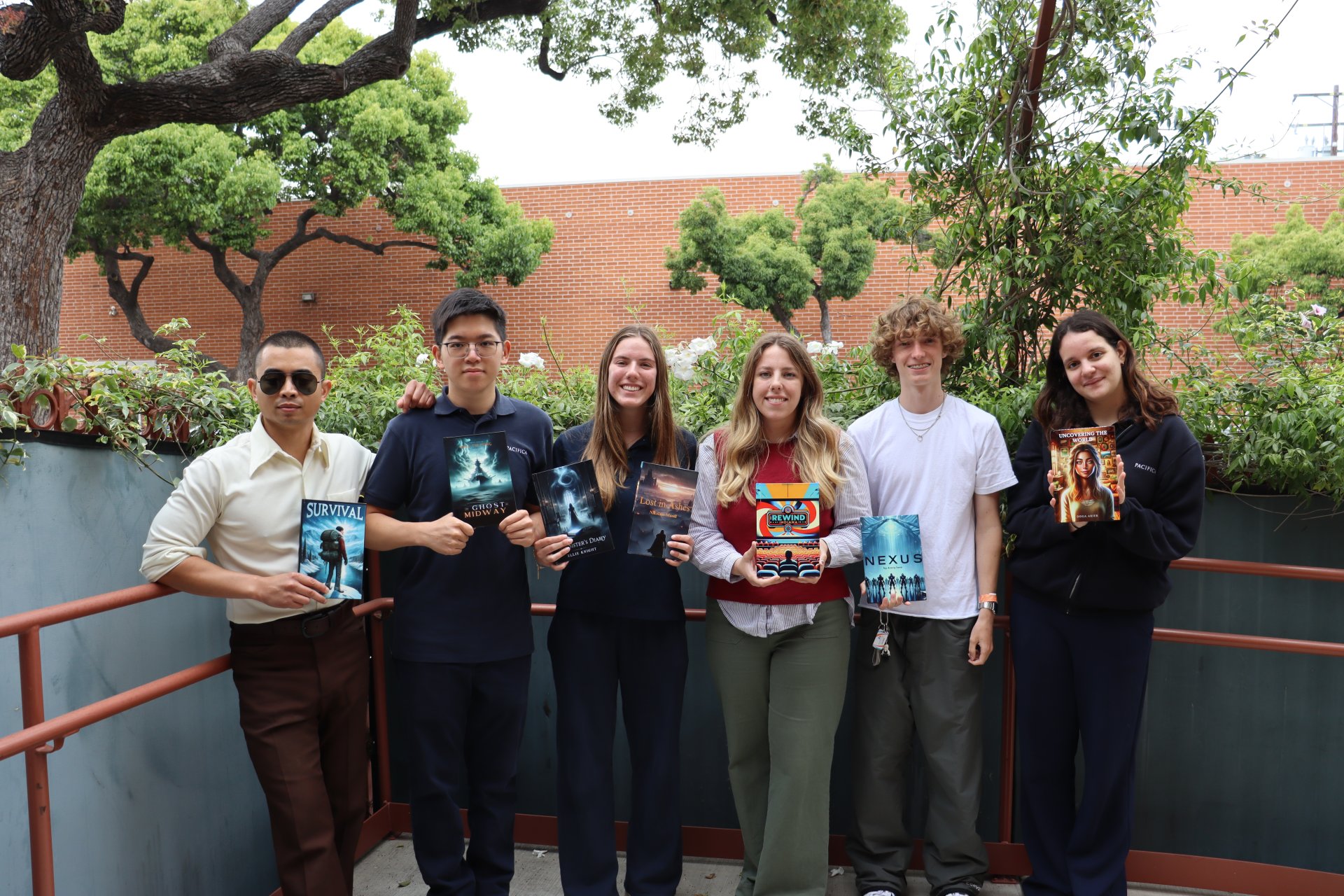
Mr. Budiman, our computer science instructor, taught us how to navigate ChatGPT, one of the best Large Language Models available, as well as some coding skills. This information was entirely new to me and very exciting. Every time Mr. Budiman had us open Python, I felt a little like I was sending someone to the moon or creating Skynet, not just editing small bits of code worthy of a website in 2002. In turn, I instructed students on story structure from a writer’s perspective, and together, we attempted to apply this structure to ChatGPT.
 This application was not without its hiccups. We quickly discovered that when given little instruction, ChatGPT had limitations. Asking GPT something as general as “write the beginning of a novel” will result in some of the sappiest gobbledygook that ever made you cringe. GPT loves to end every scene with a summary and reflection like a Greek Chorus guiding the reader along. It never likes to leave a character depressed or angry, always wanting to infuse a line or two about hope on the horizon. It has a vocabulary that quickly becomes trite. (We got a kick out of how many times it used the words “echo” and “amidst.”) But these are problems that could be true of any human writer. And this was a grand experiment, so we adapted. We became editorial directors. Strategic creatives. Analytical artists. And we discovered how to interact with GPT to produce quality writing. We researched and formed a series of prompts to produce a novel going scene by scene, discovering strategies that often mimicked tried and true human writing advice. For instance, GPT loves to tell, not show. If we prompted GPT to write about an angry man; it would say something like, “His body trembled with anger,” but if we prompted GPT to make the character’s dialogue terse, to have the character tugging on his hair and making thoughtless mistakes on simple tasks, the result was a scene where the character’s anger was shown, not told. We worked our way through our novels, scene by scene with prompts like these, crafting an outline, framing a scene’s beginning and end, fleshing out the middle of the scene, editing the outline, creating continuity notes… wash, rinse, repeat. The result is seven novellas with surprisingly compelling narratives written in one semester. How cool is that?
This application was not without its hiccups. We quickly discovered that when given little instruction, ChatGPT had limitations. Asking GPT something as general as “write the beginning of a novel” will result in some of the sappiest gobbledygook that ever made you cringe. GPT loves to end every scene with a summary and reflection like a Greek Chorus guiding the reader along. It never likes to leave a character depressed or angry, always wanting to infuse a line or two about hope on the horizon. It has a vocabulary that quickly becomes trite. (We got a kick out of how many times it used the words “echo” and “amidst.”) But these are problems that could be true of any human writer. And this was a grand experiment, so we adapted. We became editorial directors. Strategic creatives. Analytical artists. And we discovered how to interact with GPT to produce quality writing. We researched and formed a series of prompts to produce a novel going scene by scene, discovering strategies that often mimicked tried and true human writing advice. For instance, GPT loves to tell, not show. If we prompted GPT to write about an angry man; it would say something like, “His body trembled with anger,” but if we prompted GPT to make the character’s dialogue terse, to have the character tugging on his hair and making thoughtless mistakes on simple tasks, the result was a scene where the character’s anger was shown, not told. We worked our way through our novels, scene by scene with prompts like these, crafting an outline, framing a scene’s beginning and end, fleshing out the middle of the scene, editing the outline, creating continuity notes… wash, rinse, repeat. The result is seven novellas with surprisingly compelling narratives written in one semester. How cool is that?
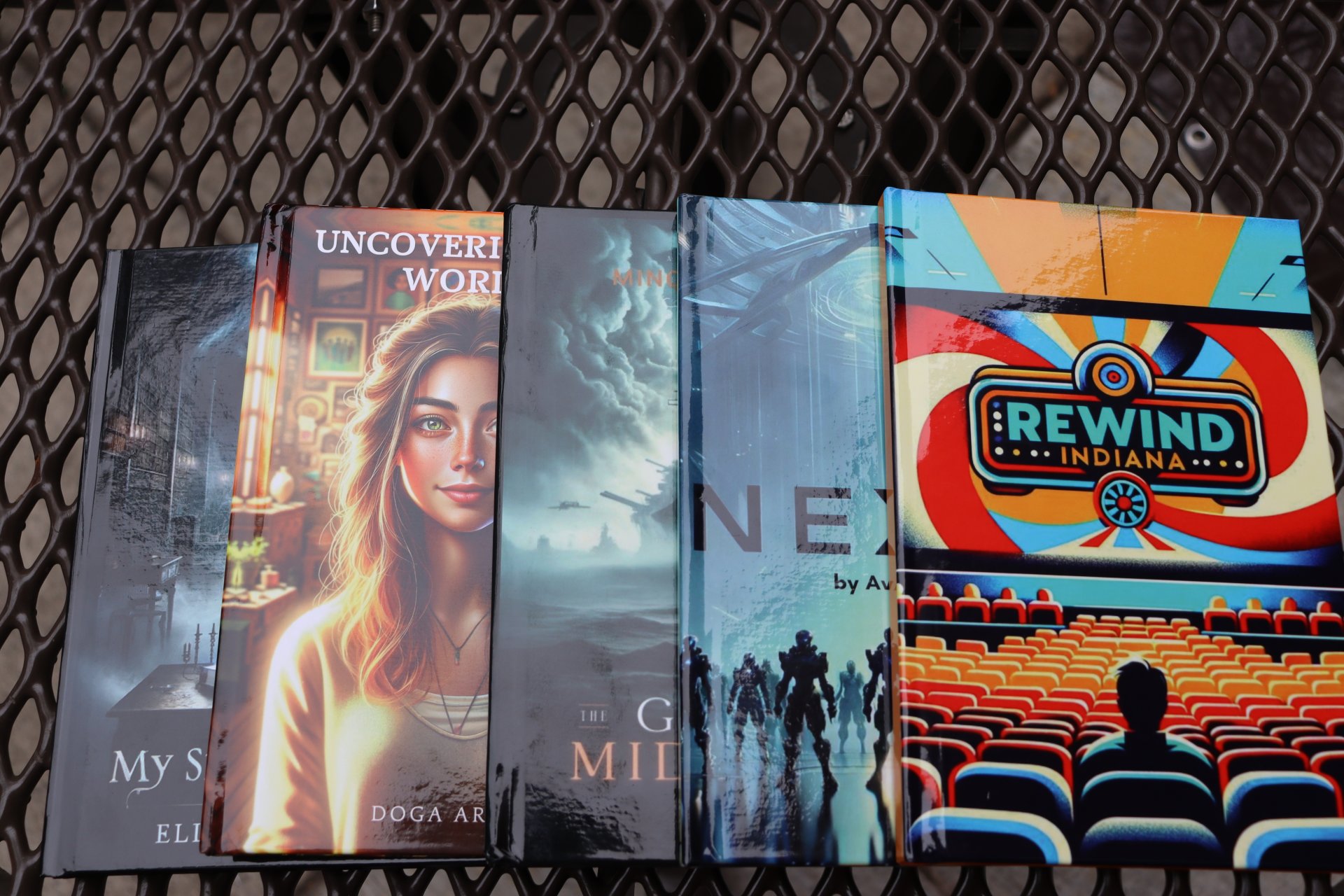
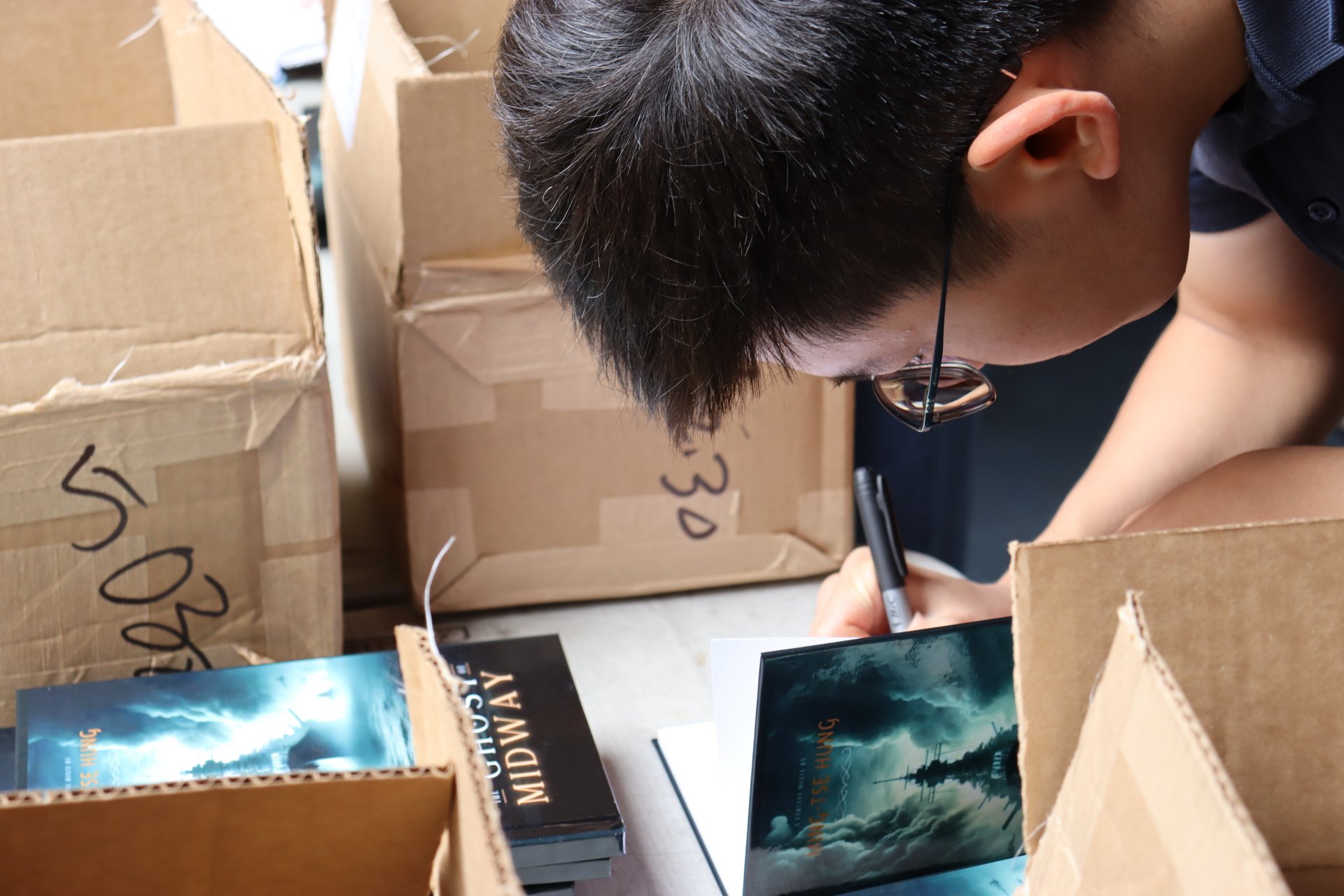
 I was struck by how closely the students’ relationships with the AI-generating process reflected the process of writing a novel without the use of AI. The stages were all there: loving an idea, enthusiastic about the outline, losing steam a third of the way through, slogging through the middle, and fighting to the finish. One main difference was the emotional attachment to our stories. Often writers will refer to books as their babies, a reflection of the love (and toll) it took to usher their books into the world. I don’t know if any of our students feels that kind of kinship with their product. One student said that although he liked his novel, it felt a little “soulless.” It seemed a little like ChatGPT was trying to write the most typical novel, and in doing so, we discovered how much we crave atypical stories, how much we want to dive into unique, idiosyncratic human voices. At the beginning of the semester, I asked the class if they thought AI would replace artists, and students were unsure. When I asked a few months later, the answer was an emphatic “no.”
I was struck by how closely the students’ relationships with the AI-generating process reflected the process of writing a novel without the use of AI. The stages were all there: loving an idea, enthusiastic about the outline, losing steam a third of the way through, slogging through the middle, and fighting to the finish. One main difference was the emotional attachment to our stories. Often writers will refer to books as their babies, a reflection of the love (and toll) it took to usher their books into the world. I don’t know if any of our students feels that kind of kinship with their product. One student said that although he liked his novel, it felt a little “soulless.” It seemed a little like ChatGPT was trying to write the most typical novel, and in doing so, we discovered how much we crave atypical stories, how much we want to dive into unique, idiosyncratic human voices. At the beginning of the semester, I asked the class if they thought AI would replace artists, and students were unsure. When I asked a few months later, the answer was an emphatic “no.”
While we may have discovered some things that ChatGPT cannot do (yet), we were amazed by what it can already do on a daily basis. In fact, GPT was adding new features, capabilities, and restrictions constantly throughout the semester. The class had ongoing conversations about the possibilities and limitations of AI, and although we came out of the course with more questions, we did discover some answers. Can ChatGPT be used by high schoolers to write their own novels in a semester? Yes! Are they any good? Decide for yourself by checking out the excerpts linked here! Does it feel incredibly cool and exciting to have your name on the cover of a book, even if it is GPT generated? Absolutely. And perhaps most importantly, can AI be used with virtue? This skeptic says yes. While I still have flares of fear about what AI will do to our world (a la The Matrix), those fears are far outweighed by the waves of excitement about seeing AI’s further integration as a valuable tool in healthcare, technology, education, and art. We left the class excited about the future, proud of our novels, and an assurance that when used well, AI is not a weapon, but an invaluable tool to creatives and to–dare I say?–educators and students.
Categories
Recent Articles
10 Reasons Content Box
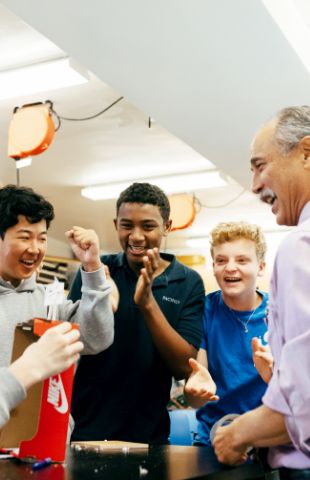
10 Reasons to Choose Pacifica


